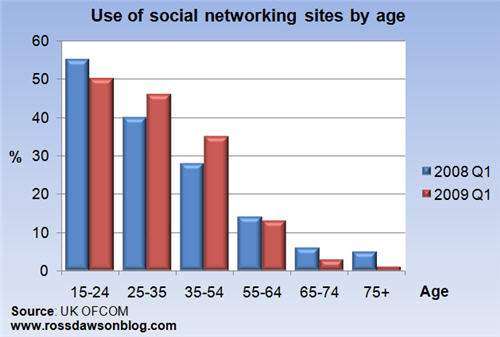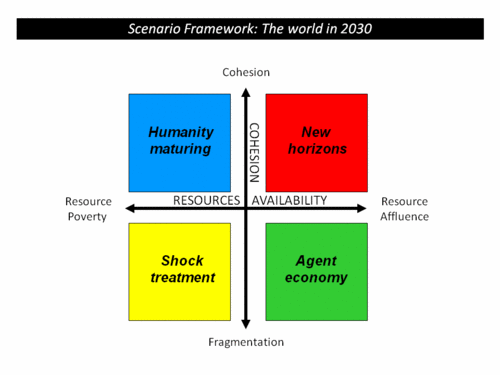The potential of Government 2.0 and participatory democracy
Radio National’s Future Tense last week covered the issue of Participatory democracy, Web 2.0 and the Australian Government 2.0 Taskforce with an excellent program. The program can be heard or downloaded on the website, along with a transcript.
During the program I was quoted talking about the potential and the underlying demand for participatory democracy:
I think that there is a growing interest in [Government 2.0], and it is very different in different countries and in different demographics, but absolutely people’s interest is growing in participating and having a voice and being able to impact smaller things in the environment in which they live, as well as larger things such as the political parties in power. And I think that trend will accentuate over time, as people get more used to the ideas and the tools provided by participation.
However the core of the program is an interview with Dr Nicholas Gruen, who chairs the Australian government’s Government 2.0 taskforce, discussing what is being done currently. He noted:



